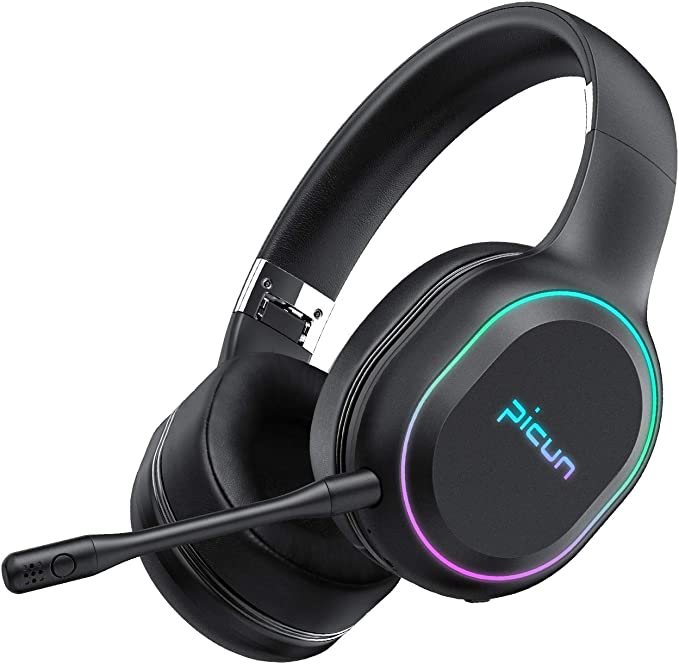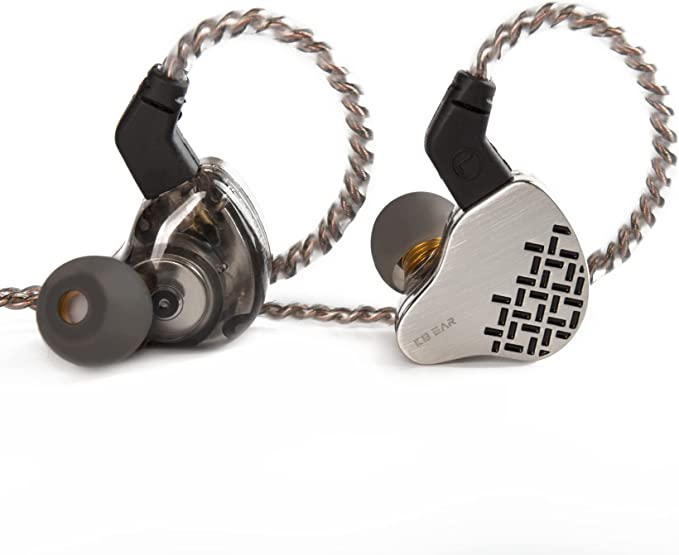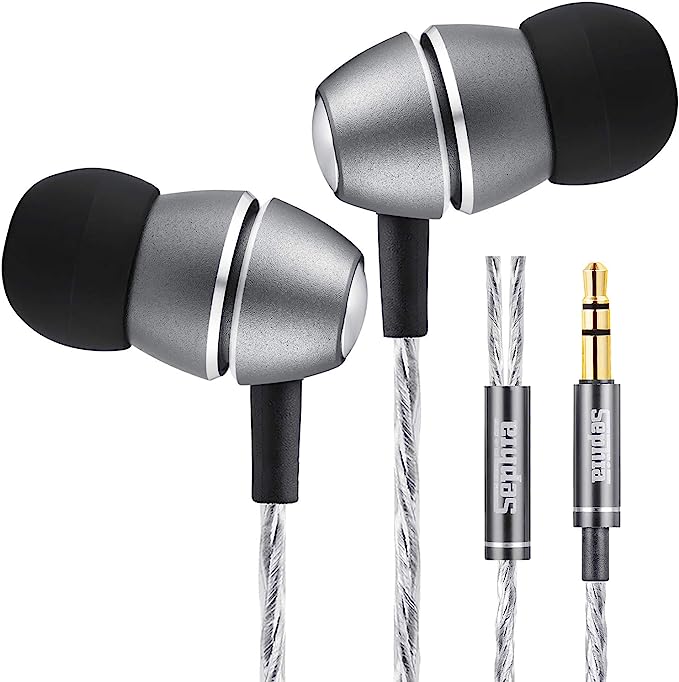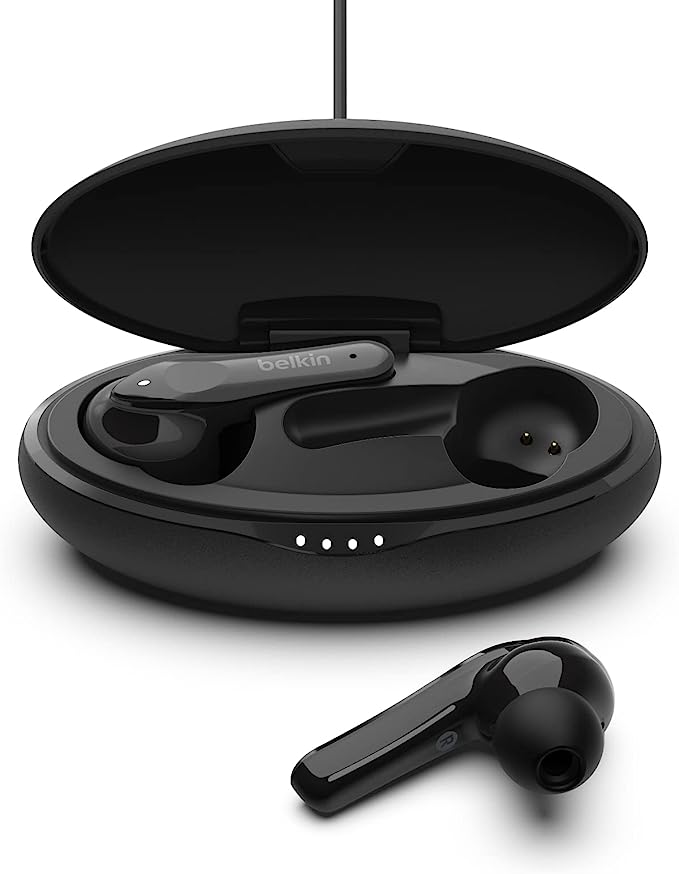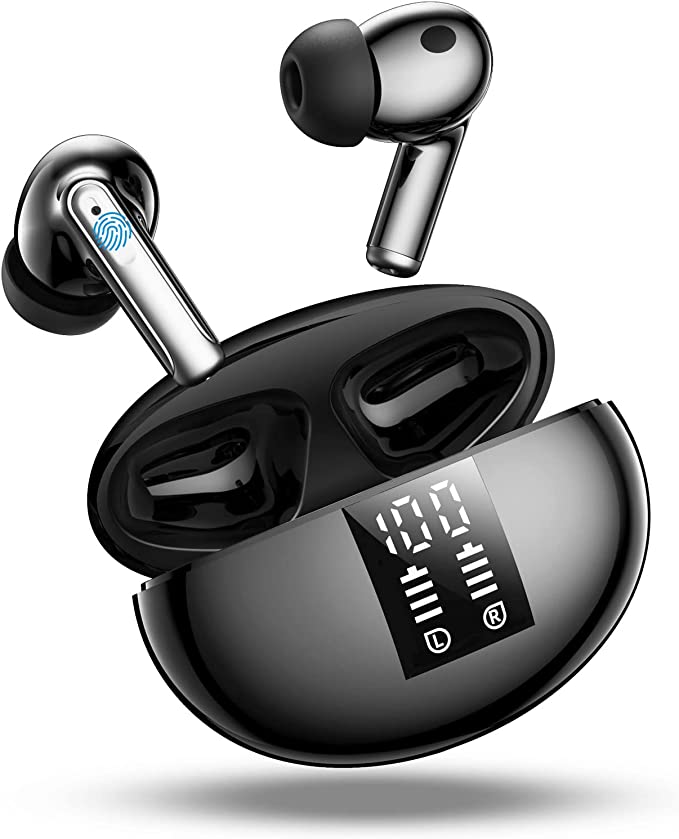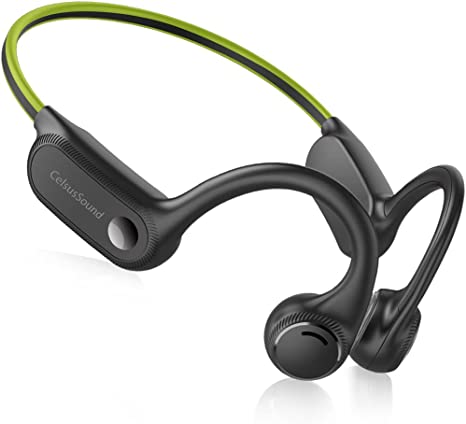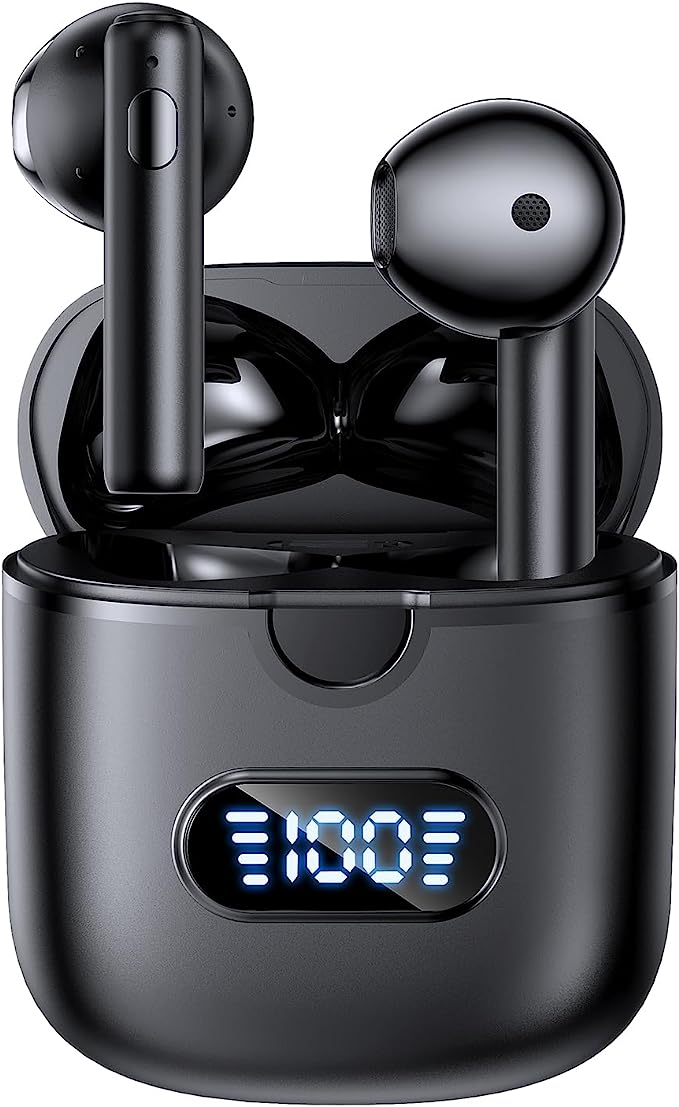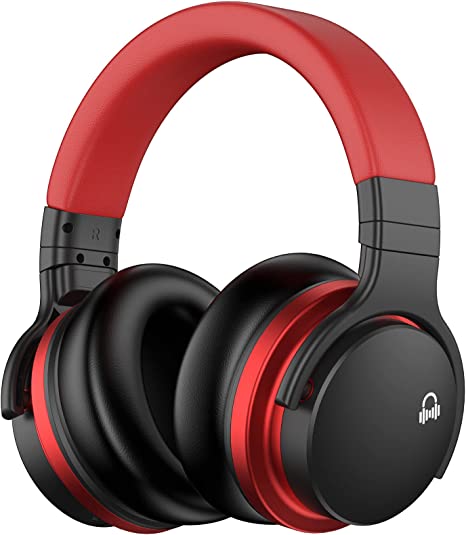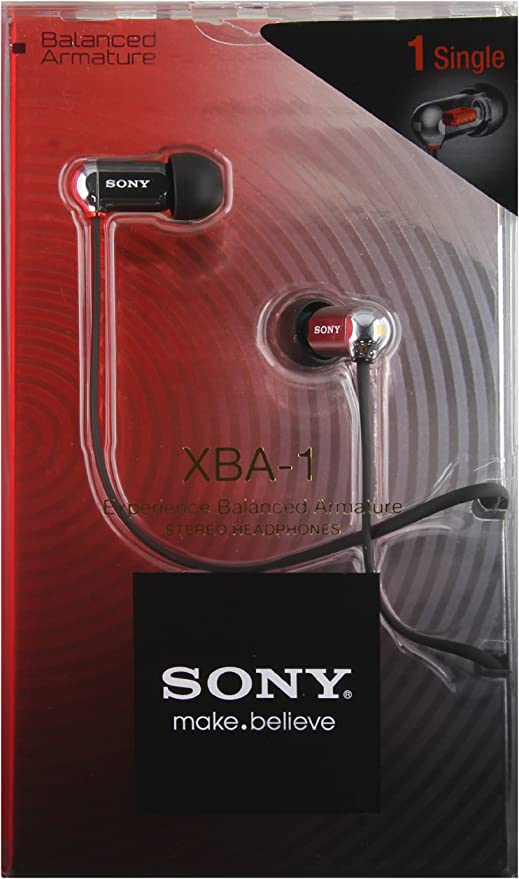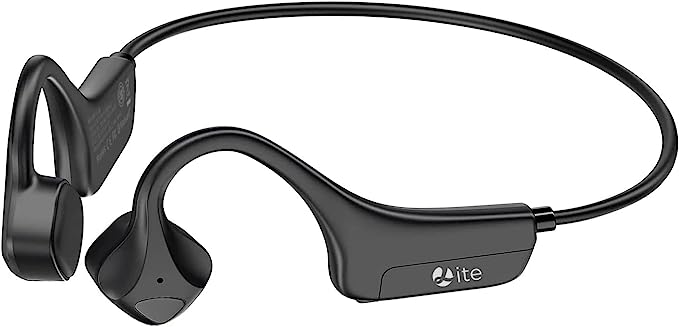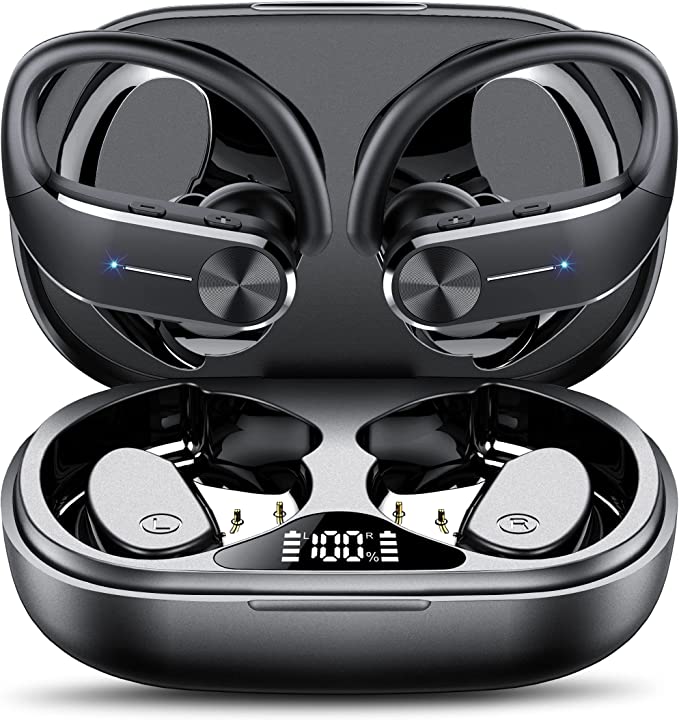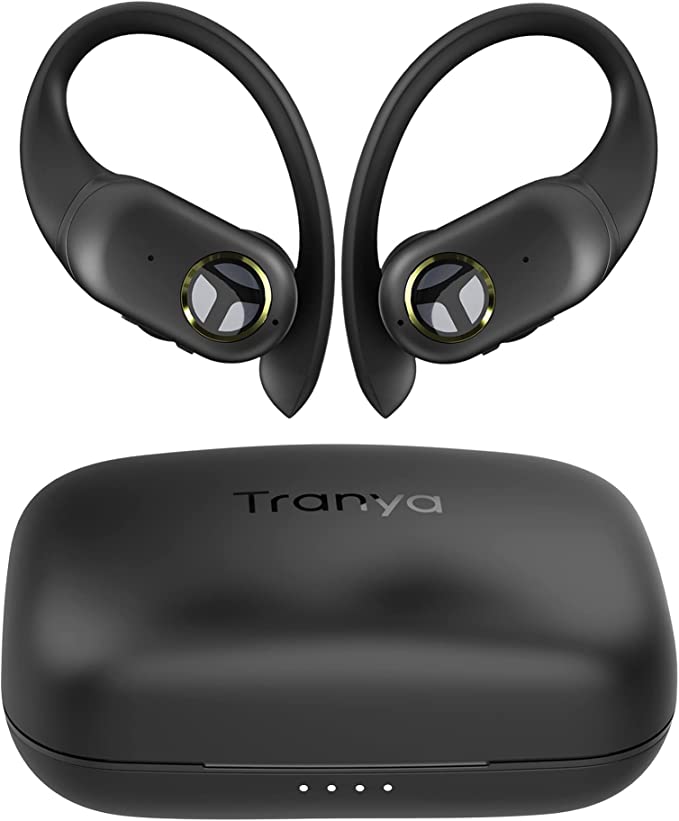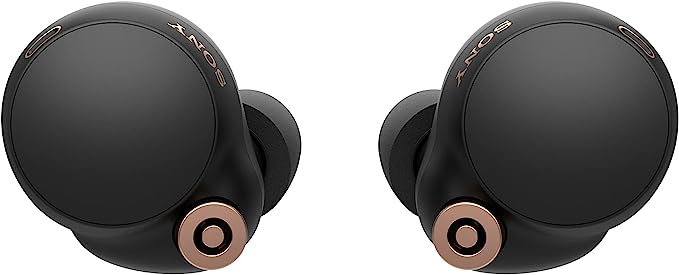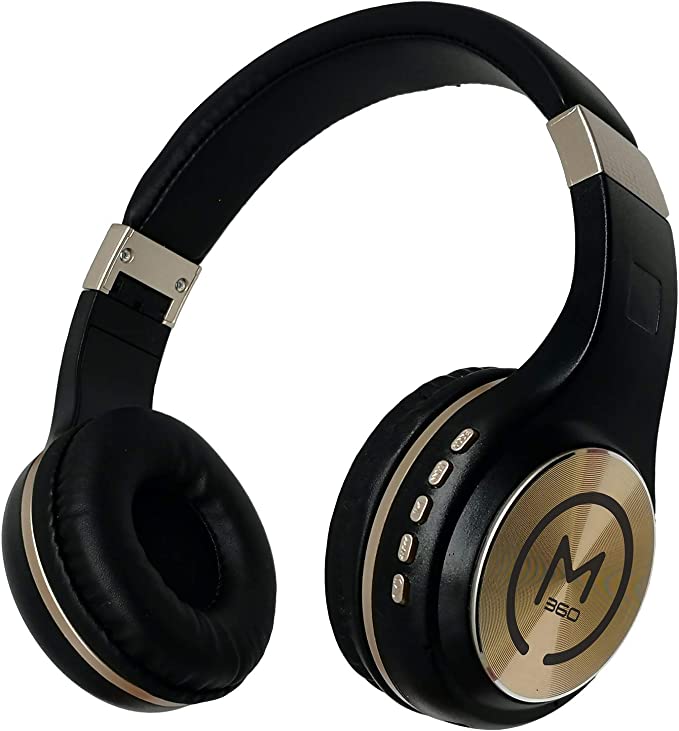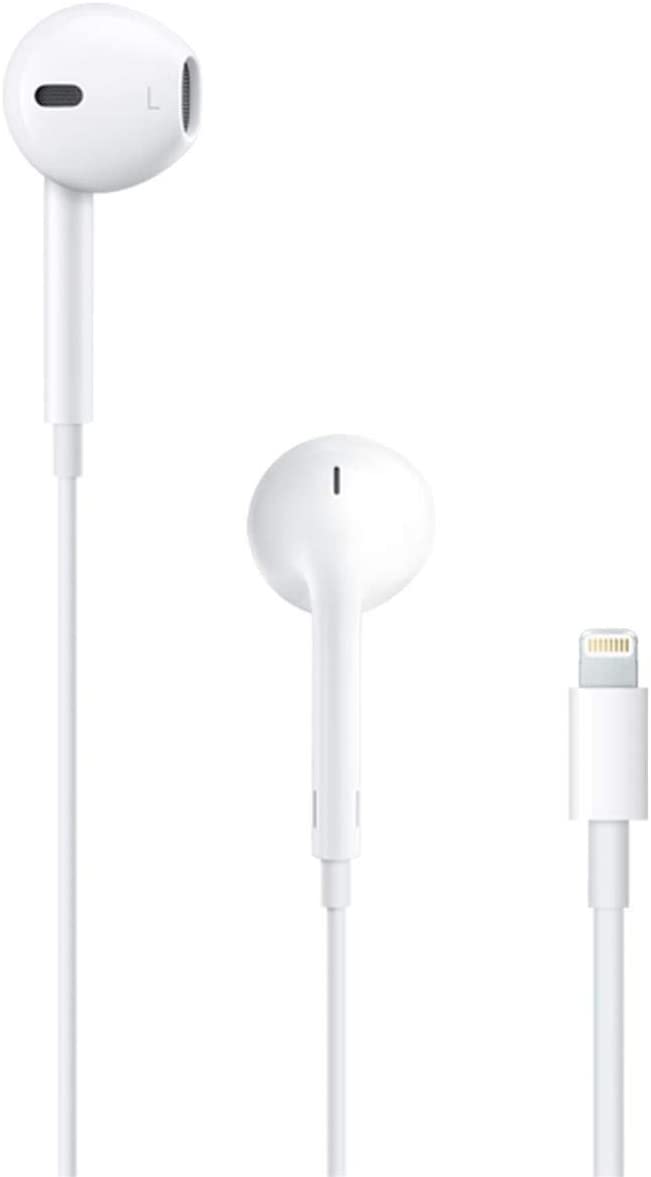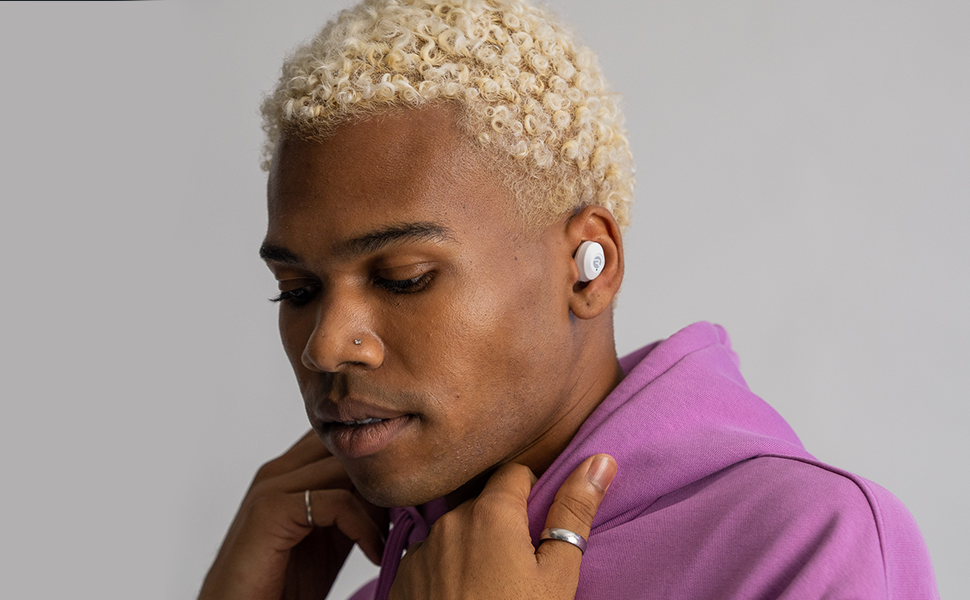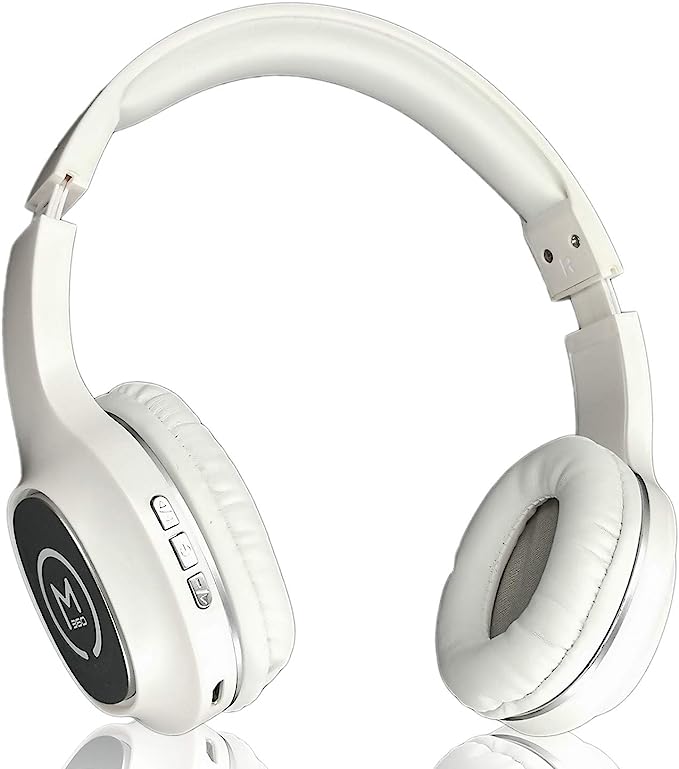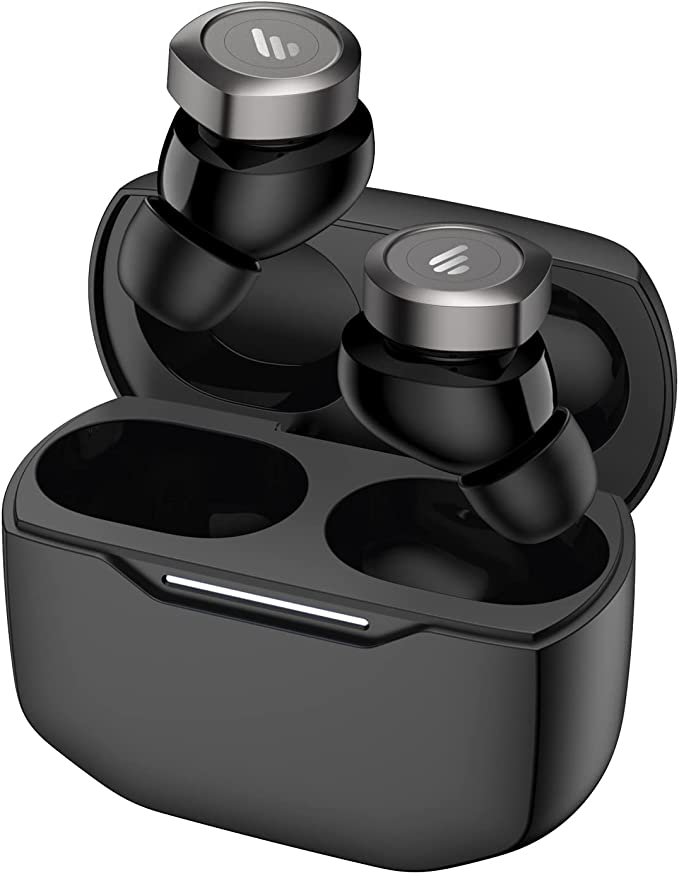ZHYH Magnetic Headphones: Uninterrupted Music, Effortless
Update on July 25, 2025, 12:05 p.m.
We’ve all performed the ritual. The frantic pocket-patting, the deep dive into a backpack’s abyss, followed by the slow, frustrating untangling of a wire-and-silicone sea monster. For decades, this was the small, universal price of admission for taking our music with us. Then, things started to change. It might have started with a simple, satisfying click—the sound of two earbuds finding each other, held together by an invisible force.
This is more than just convenience. It’s a doorway. Using a simple pair of magnetic earbuds, like the ZHYH model that sparked this journey, as our map, we’re going on an expedition. This isn’t a review; it’s a deep dive into the unseen world of science, history, and engineering that your favorite song travels through every single day. Prepare to be surprised by the sheer amount of ingenuity packed into the gadgets in your ears.

The Unseen Force: A Story of Attraction
Consider that magnetic clasp. It feels simple, almost obvious. But the ability to create a magnetic bond strong enough to secure your earbuds, yet small enough to be virtually weightless, is a modern miracle of material science. The unsung hero here is the Neodymium magnet.
Discovered in the 1980s, these are not your grandmother’s refrigerator magnets. As part of the “rare-earth” family of elements, Neodymium magnets (or more accurately, NdFeB magnets) are the strongest type of permanent magnet commercially available. Think of them as the espresso shot of the magnetic world: incredibly potent in a tiny package. Their discovery was a catalyst for miniaturization across all of technology. Without them, the slim laptops, paper-thin smartphones, and compact hard drives we take for granted would be impossible.
And their job in your earbuds is twofold. Yes, they provide that elegant, tangle-free clasp. But a variation of this same force is also what makes your music audible. Inside each earbud is a dynamic driver, which essentially consists of a voice coil attached to a diaphragm, situated in a magnetic field. When the electrical signal of your music flows through the coil, it creates a fluctuating magnetic field that interacts with the permanent magnet, causing the diaphragm to vibrate rapidly. These vibrations create pressure waves in the air—the very sound that you hear. So, that same invisible force doesn’t just hold your earbuds together; it’s what breathes life into them.

The Viking King’s Legacy: Uniting Your Digital World
Now, let’s cut the cord. The promise of “wireless” is powered by a technology with one of the most fascinating origin stories in tech: Bluetooth. The product listing for our case-study earbuds mentions Bluetooth 4.1 or 4.2, but the number is less interesting than the name itself.
In the mid-1990s, a consortium of tech companies (Intel, Ericsson, Nokia) was working to create a single, universal standard for short-range radio communication to connect different devices. During a meeting, Intel’s Jim Kardach, a history buff, suggested “Bluetooth” as a temporary codename. He had been reading about the 10th-century Viking king, Harald “Bluetooth” Gormsson, who was famed for uniting the warring tribes of Denmark and Norway into a single kingdom. The parallel was perfect: a new technology to unite the disparate “tribes” of cellular phones, laptops, and accessories. The name stuck.
The technology itself works by broadcasting data over short-range radio waves in the 2.4 GHz band—a slice of the public airwaves also crowded by Wi-Fi, microwaves, and other devices. To avoid getting lost in the noise, Bluetooth performs a clever trick called frequency hopping. It rapidly switches between dozens of channels hundreds of times per second, creating a robust and private connection that’s difficult to interrupt. Versions like 4.1 and 4.2 were crucial steps in making Bluetooth more power-efficient and reliable, paving the way for the tiny, battery-sipping wireless earbuds that now dominate the market. Every time you pair your headphones, you’re fulfilling the legacy of a Viking king.
Decoding the Hype: A Quest for “CD-Like” Sound
Here comes one of the most common yet most nebulous claims in audio: “CD-like sound.” To understand what this really means, we have to follow a song on its incredible journey from the artist’s microphone to your eardrum.
Music in the real world is an analog wave. To live on your phone or Spotify, it must become digital. This process involves taking thousands of snapshots of the analog wave every second (the sampling rate) and measuring the value of each snapshot (the bit depth). A standard CD takes 44,100 snapshots per second, each with a 16-bit resolution. This creates a rich, detailed digital picture of the original sound, but it’s also a huge amount of data.
To be streamed wirelessly over Bluetooth without constant stuttering, this data must be compressed. This is where the unsung heroes of wireless audio, the codecs (short for coder-decoder), come in. A codec is an algorithm that acts like a highly skilled translator, taking the large audio file and shrinking it for its journey through the air, before the receiving end in your earbuds reassembles it.
- The default, mandatory codec is SBC. It’s the universal translator—it gets the job done, but it can sometimes lose some nuance in the process.
- AAC, favored by Apple, is a more advanced and efficient translator, generally providing better quality at similar data rates.
- Codecs like Qualcomm’s aptX are designed specifically for high-fidelity Bluetooth audio, acting like a specialist translator that preserves even more of the original detail.
So, when a product claims “CD-like sound,” the critical, unstated question is: which “translator” is it using? Without knowing the specific codec, the claim remains just a claim. The true quality of your wireless audio experience is dictated by this crucial piece of software.
Built for Life: The Science of Survival
Your life is not lived in a sterile lab. You run, you get caught in the rain, you sweat. For electronics, moisture is the enemy. This is why you see terms like “sweatproof.” While it’s a reassuring word, the engineering world uses a more precise language: the Ingress Protection Code, or IP Rating.
This standard, defined by the International Electrotechnical Commission (IEC), gives you two numbers (e.g., IP67). The first digit rates protection against solids (like dust), and the second rates protection against liquids. For headphones, you’ll often see a rating like IPX4. The “X” means it hasn’t been rated for dust, but the “4” is key: it signifies the device is protected against splashing water from any direction. This is the unofficial industry benchmark for being “sweatproof,” as it can withstand the rigors of an intense workout. Understanding this code transforms you from a passive consumer into an informed one, able to choose the right gear for your lifestyle.
Conclusion: The Symphony of Science in Your Pocket
From the deep-earth origins of their magnets to the Viking lore in their wireless signal, the headphones in your pocket are far more than just plastic and wire. They are a convergence point for decades of innovation in material science, telecommunications, and acoustics. The satisfying magnetic click, the invisible Bluetooth handshake, the complex digital stream of music—it’s a silent symphony of science that we carry with us every day.
The goal isn’t to anoint any single product as the best. It’s to empower you. The next time you browse for a new pair of headphones, you won’t just be looking at a list of features. You’ll see the stories behind them. You’ll question what “noise-canceling” really means, you’ll wonder which audio codec is at play, and you’ll know exactly what IP rating you need. The most profound technology is the kind that becomes so integrated into our lives it feels like magic. But understanding, even just a little, of how the trick is performed makes it all the more spectacular.

